On This Day…April 12th
FM-2 Wildcat of VC-36 just coming off the catapult while launching from USS Core (CVE-13) during anti-submarine operations in the North Atlantic on April 12th, 1944.
When production of the new ‘Hellcat’ was to begin in mid-late 1942, continued Wildcat production, Wildcat manufacturing was transferred by Grumman to the Eastern Aircraft Company early in the year. The Eastern plants included factories which had been used to making one automobile a minute, now converted to produce Wildcats. In all, there were 7,825 Wildcats built, the division between companies being 1,988 F4F Wildcats produced by Grumman between 1937 and 1943, and 5,837 FMs by Eastern between 1942 and the end of the war.
By the time the Hellcats were in full production, Grumman could turn out 400 Hellcats a month (even more than Louis Gardner...). The FM-1 Wildcat evolved with Eastern and Grumman collaborating on the new FM-2 design, which was required by the USN for its ‘Jeep’ Carriers (escort Carriers). The FM-2 was the best performing Wildcat with 1,350 horsepower, bigger vertical tail surfaces and more fuel capacity, earning the name the ‘Wilder Wildcat.’
The famous unfinished portrait of US President Franklin D. Roosevelt, started by Elizabeth Shoumatoff on the day of his death, 12th April 1945.
Cannot resist a photo of the ‘Big E’ - an aerial view of the Enterprise underway on the US East coast, April 12th, 1939.
The aerodrome at Celle, Germany on 12th April 1945. Riddled with bullets and with its back broken, a Ju 87 of NSG 1 is seen in the foreground, with other abandoned Stukas.
High school girls from Chiran, Kagoshima, Japan waving traditional cherry blossom branches to bid farewell to Lt Toshio Anazawa of Japanese Army 20th Shinbu ‘Special Attack’ Unit in his Ki-43 (Oscar) Hayabusa, 12th April, 1945.
Source: Aeroplane April 12th 1940
The USS Tennessee (BB-43) under attack from a kamikaze pilot.
On 12th of April, 1945 at Okinawa, , the Japanese launched a major strike on the invading US fleet. Tennessee came under attack by five dive bombers attacking from high altitude; all were shot down before they could hit the ship, but as the crew’s attention was toward the sky, an Aichi D3A "Val" dive-bomber screamed in on low altitude, heading straight for Tennessee's bridge (see video, below).
The ship's light anti-aircraft battery opened up on the D3A and damaged the incoming aircraft, but not enough to prevent it from flying into her signal bridge. The impact destroyed a 40 mm mount, fire directors for the 20 mm guns, and hurled burning avgas (aviation gasoline) over the area. The plane carried a 250-pound (110 kg) bomb that penetrated the deck and exploded. The impact killed 22 and wounded another 107.
Bf109E ‘red 12’ of 5/JG 27 in Sofia Vrba, 12th April, 1941.
Medal of Honor Citation fort Henry E Erwin.
“Henry E Erwin was the radio operator of a B-29 airplane leading a group formation to attack Koriyama, Japan. He was charged with the additional duty of dropping phosphoresce smoke bombs to aid in assembling the group when the launching point was reached.”
“Upon entering the assembly area, aircraft fire and enemy fighter opposition was encountered. Among the phosphoresce bombs launched by S/Sgt. Erwin, 1 proved faulty, exploding in the launching chute, and shot back into the interior of the aircraft, striking him in the face. The burning phosphoresce obliterated his nose and completely blinded him. Smoke filled the plane, obscuring the vision of the pilot. S/Sgt. Erwin realized that the aircraft and crew would be lost if the burning bomb remained in the plane. Without regard for his own safety, he picked it up and feeling his way, instinctively, crawled around the gun turret and headed for the copilot's window. He found the navigator's table obstructing his passage.”
“Grasping the burning bomb between his forearm and body, he unleashed the spring lock and raised the table. Struggling through the narrow passage he stumbled forward into the smoke-filled pilot's compartment. Groping with his burning hands, he located the window and threw the bomb out. Completely aflame, he fell back upon the floor. The smoke cleared, the pilot, at 300 feet, pulled the plane out of its dive. S/Sgt. Erwin's gallantry and heroism above and beyond the call of duty saved the lives of his comrades.”
(Erwin in 1995 at a ceremony commemorating the 50th anniversary of the end of World War II)

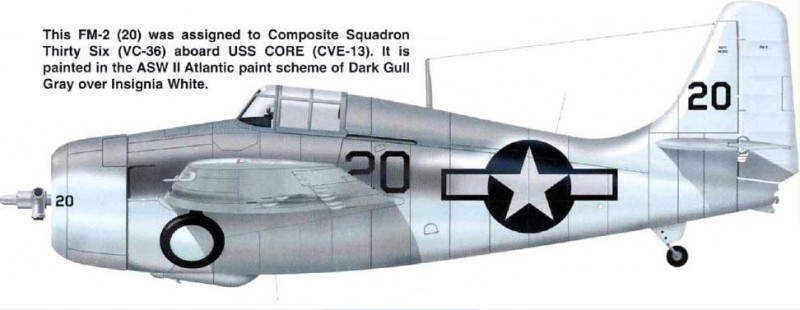
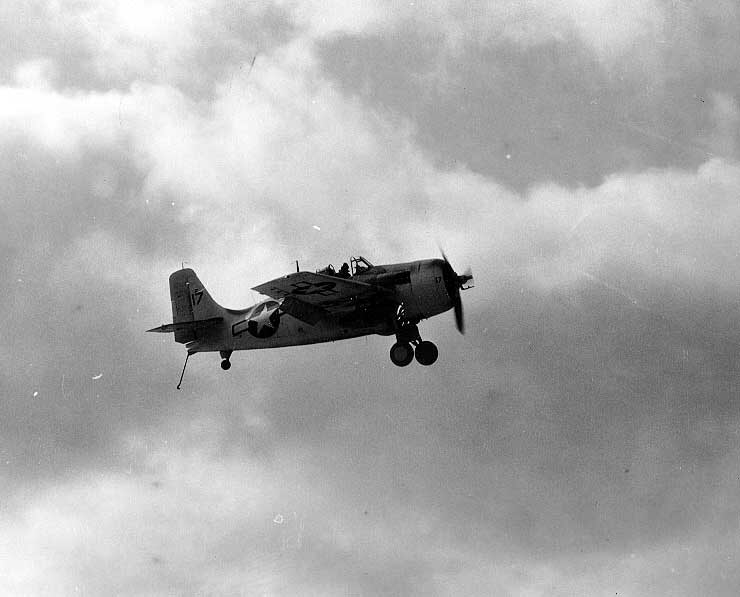
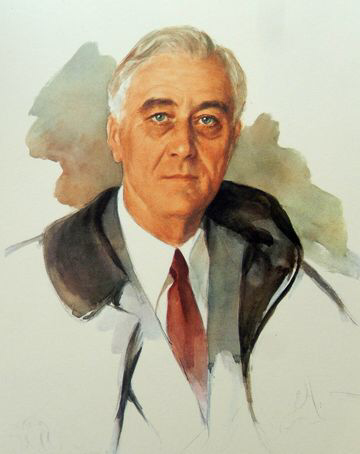

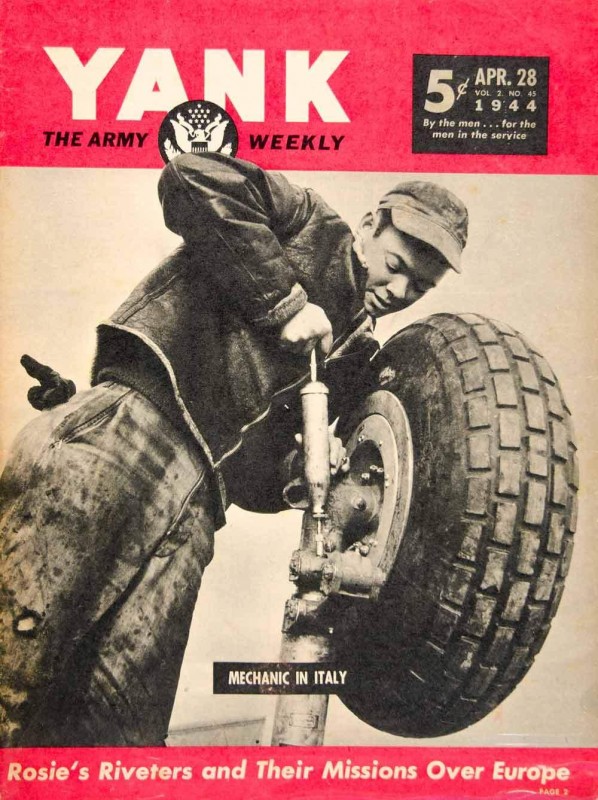
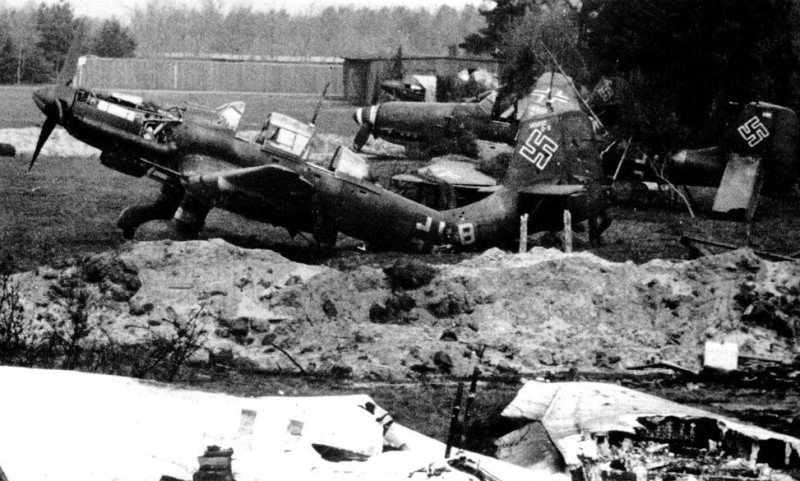

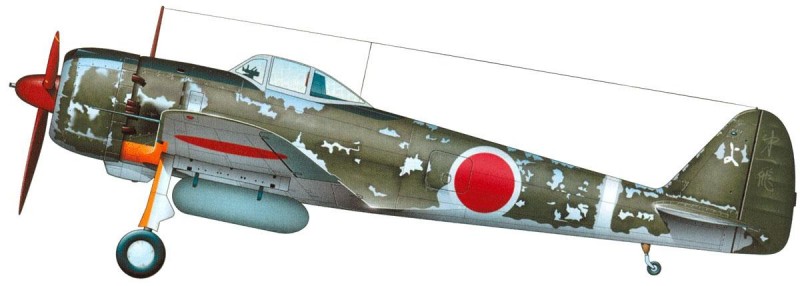
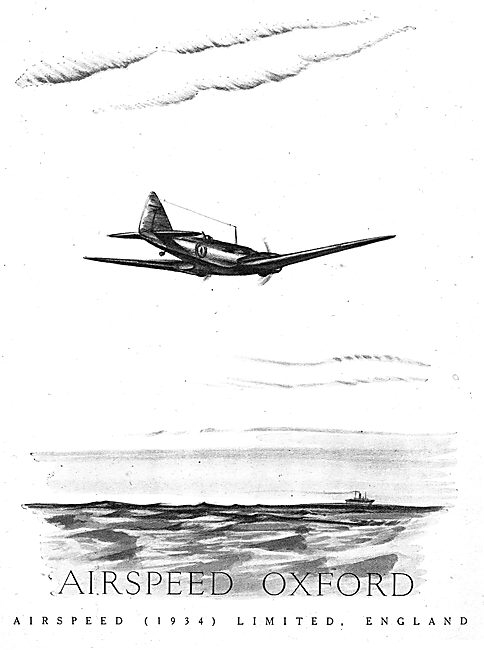

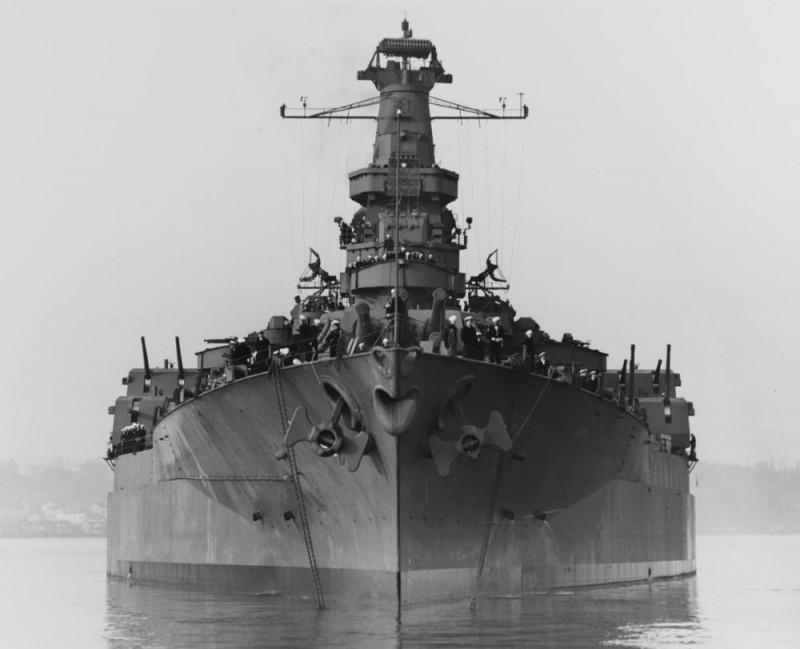
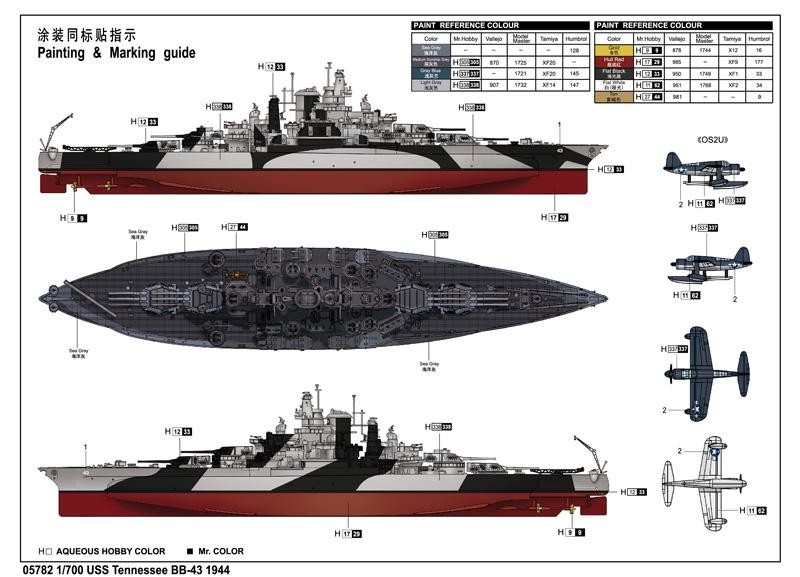
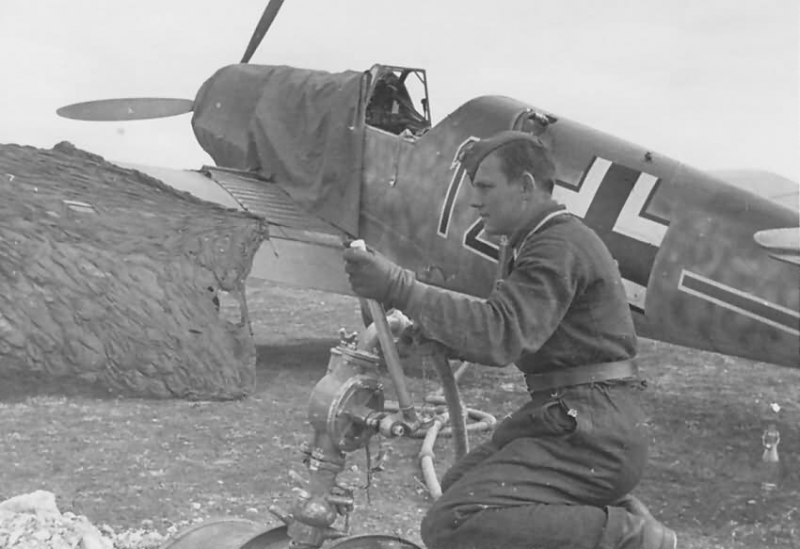
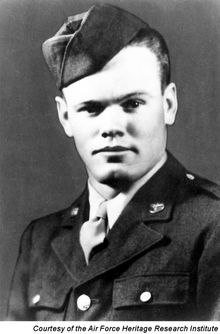
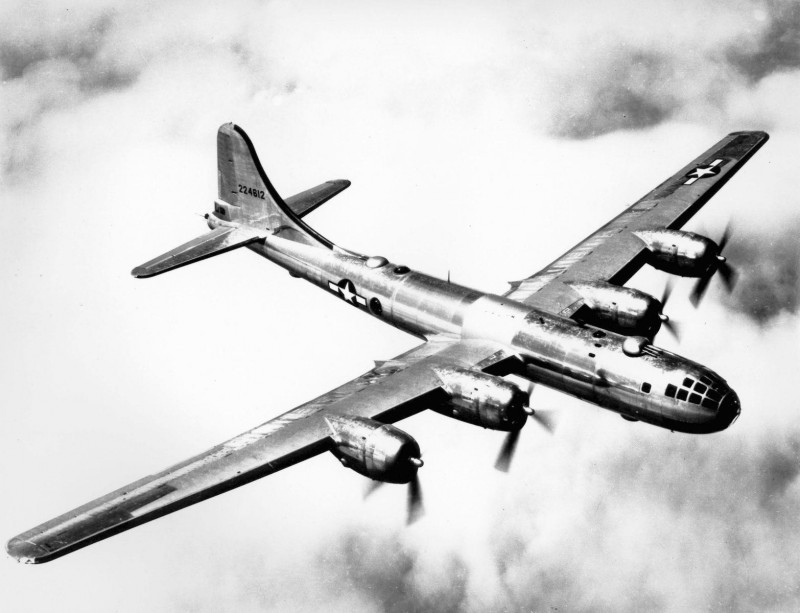


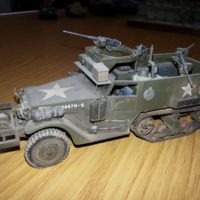
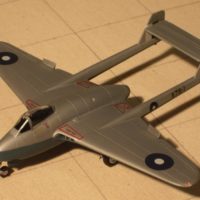
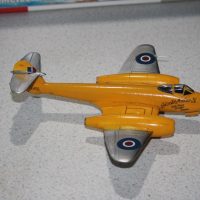

I first read Erwin's story when I was a kid, just starting to read about WW2. I think that's maybe the most amazing story of sacrifice and totally unbelievable he could have survived, let alone had a life for 50+ years afterwads.
i read the story in reader's digest in the sixties...when he carried the bomb to the co-pilot's window he calmly said "excuse me sir" as it was burning into his arms
that mechanic photo on Yank is such a classic...filthy, miserable and greasy...the unsung heros, the guys that make it all happen...those who really protect and serve...wonderful...looks like he's greasing a p-38 undercarriage or a leak pressure check...splendid
Mid way into a Med cruise we were ordered to send our coveralls to the ships laundry, the coveralls were taking on a life of their own.
Love the Big E photo , TCM just ran the 1930's film Hell Divers, which features a young Saratoga CV-3
Hello David,
Remarkable story regarding S/SGT Erwin.
What a story. Regards, Orion.
Hello Dirk!
Thanks for checking in; you are right, the Erwin story is a classic display of bravery and courage under terrible stress. One of those stories whe re you can’t help but wonder what you’d have done yourself under those conditions...